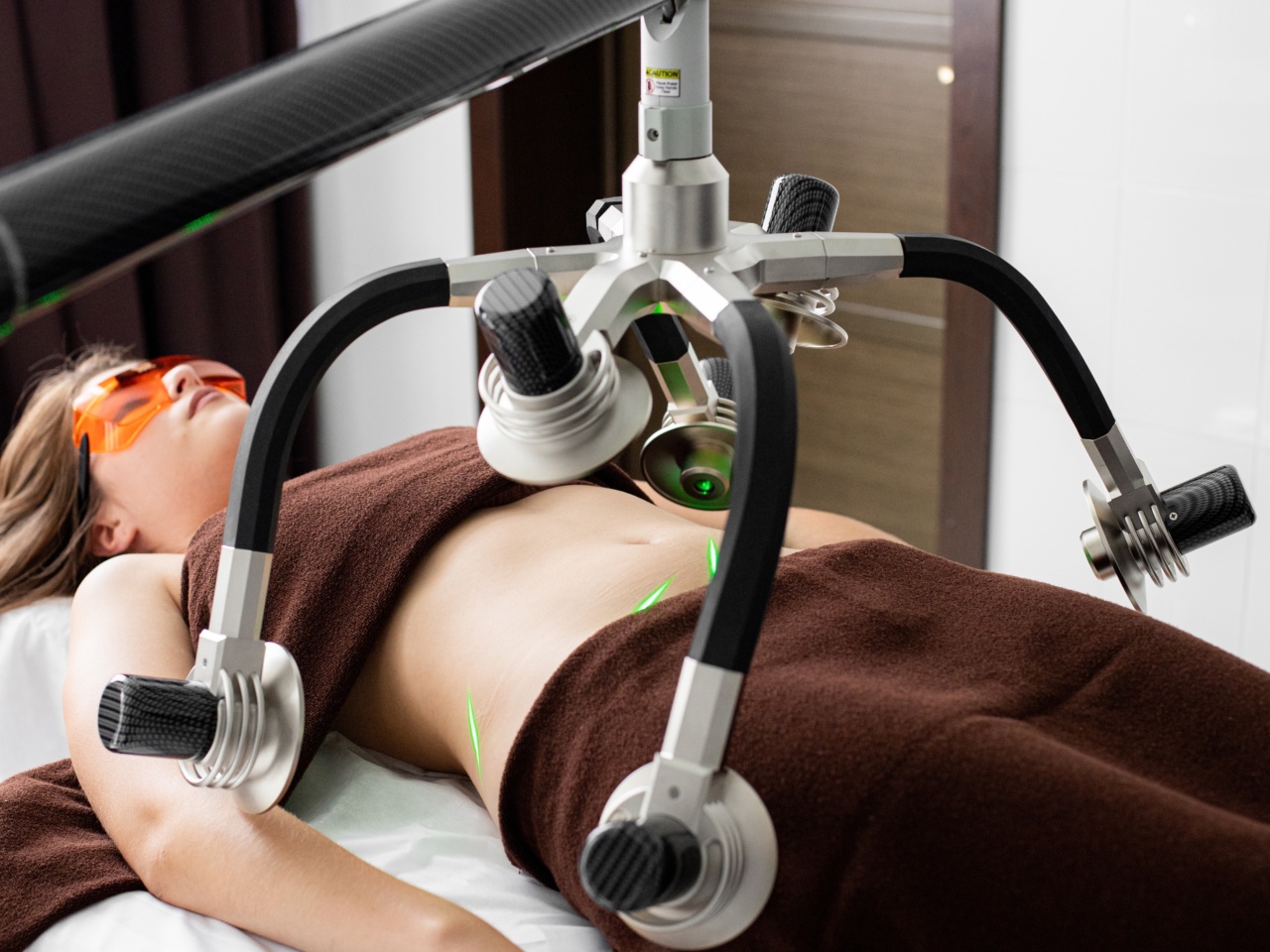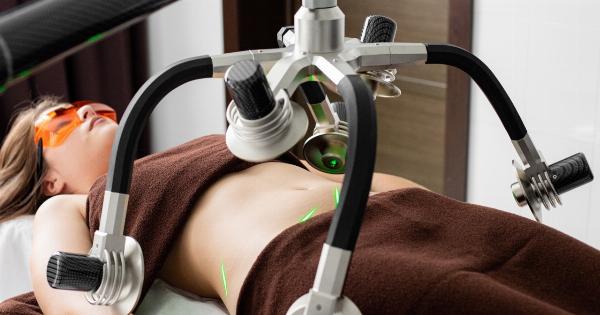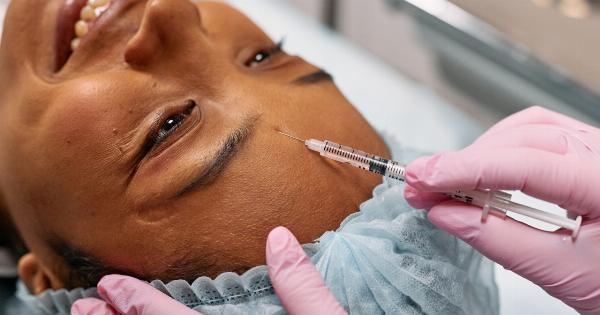Many people find it difficult to get rid of stubborn pockets of fat despite eating a healthy diet and regular exercise. One option to consider is laser lipolysis, a non-invasive cosmetic procedure that targets specific fat cells using laser technology.
In this article, we will discuss what laser lipolysis is, how it works, the benefits and risks, and what to expect during and after the procedure.
What is Laser Lipolysis?
Laser lipolysis, also known as laser-assisted liposuction, is a minimally invasive cosmetic procedure that uses laser energy to dissolve and remove excess fat cells in specific areas of the body.
This technique differs from traditional liposuction, which involves surgical removal of fat cells through a cannula inserted under the skin.
How Does Laser Lipolysis Work?
Laser lipolysis works by emitting low-level laser energy directly into the fat cells. The laser energy helps break down the fat cells’ membranes, causing the fatty contents to be released and absorbed by the lymphatic system.
Over time, the body eliminates these fat cells, resulting in a slimmer, more contoured appearance.
What Are the Benefits of Laser Lipolysis?
There are several benefits to choosing laser lipolysis over traditional liposuction, including:.
- Minimally invasive: No major incisions are required, and the procedure typically involves only local anesthesia.
- Quick recovery time: Patients can typically return to work and normal activities within a few days to a week.
- Reduced risk of complications: Because laser lipolysis is a less invasive procedure, the risk of complications such as infection and scarring is significantly lower than traditional liposuction.
- Targeted fat reduction: Laser lipolysis can target specific areas of the body, such as the abdomen, thighs, and hips, to provide a more sculpted appearance.
What Are the Risks of Laser Lipolysis?
While laser lipolysis is generally considered a safe procedure, there are some risks to be aware of, including:.
- Bruising and swelling: Some patients may experience bruising and swelling at the treatment site, which typically subsides within a few days.
- Discomfort: Patients may experience some discomfort during the procedure due to the local anesthesia or the laser energy.
- Uneven results: In some cases, laser lipolysis may result in uneven fat removal or an irregular appearance.
- Complications: Though rare, some patients may experience complications such as skin burning, nerve damage, or infection.
What to Expect During the Procedure
The laser lipolysis procedure typically lasts between one and two hours, depending on the size and number of areas being treated. Before the procedure, you will be given a local anesthetic to numb the treatment area.
The surgeon will then make small incisions in the skin and insert a thin cannula into the fatty tissue. The cannula emits laser energy to dissolve the fat cells, which are then suctioned out of the body. After the procedure, you will be given a compression garment to wear to help minimize swelling and support the healing process.
What to Expect After the Procedure
While patients can typically return to work and normal activities within a few days to a week, it is important to avoid strenuous exercise and activities for several weeks after the procedure to ensure proper healing.
It is also important to wear the compression garment as directed to support the healing process and to reduce swelling. Most patients experience a significant reduction in fat and an improvement in body contour within several weeks to a few months after the procedure.
Is Laser Lipolysis Right for You?
Laser lipolysis is an effective option for people who are looking to slim down and eliminate stubborn pockets of fat in specific areas of the body.
However, it is important to discuss your options with a qualified cosmetic surgeon to determine if laser lipolysis is right for you. People with significant health issues, smokers, and those who are significantly overweight may not be suitable candidates for laser lipolysis.
Conclusion
Laser lipolysis is a minimally invasive cosmetic procedure that can help eliminate stubborn pockets of fat and provide a more contoured appearance.
It is a safe and effective alternative to traditional liposuction, with minimal risk of complications and a quick recovery time. If you are considering laser lipolysis, be sure to consult with a qualified cosmetic surgeon to determine if it is the right option for you.


























